community emergency response team basic course
CERT Basic Course Overview
THE BASICS
Course Basics
The FEMA based CERT program educates community members about disaster preparedness and trains them in basic disaster response skills such as fire safety, light search and rescue, team organization, and disaster medical operations. A full list of topics and the course layout is shown below. Using this training, CERT-trained individuals can assist others in their family, their neighborhood, and their community until first responders arrive.
AAACERT is pleased to provide this CERT Basic Training. Our 21-hour course teaches these skills using updated FEMA-supplied materials, incorporating practical exercises, and culminating with a disaster scenario in a realistic environment.
Who Can Take the Course?
The target audience for this course are individuals who desire the skills and knowledge required to prepare for and respond to a disaster. The minimum age is 16 and there is no maximum age. Everyone participates to the extent that they can, given individual constraints.
PREREQUISITES AND COMPLETION
Preparing for CERT Basic
In short, once you’ve signed up for the course there is nothing additional you need to do.
We do not provide slide handouts but we will provide the slides after each day via a PDF. We do not recommend you download the FEMA CERT slides. Our class slides are highly customized and will not match up with the basic ones provided on FEMA’s site.
Although not required, we recommend that you complete the following two, free, on-line FEMA Emergency Management Institute courses prior to start of class on Day 1 because it will enhance your understanding of the National Incident Management System and give you a better idea of how professional and volunteer emergency responders organize during a response:
1. IS-100: Introduction to the Incident Command System (ICS)
2. IS-700: An Introduction to the National Incident Management System
If you don’t have one already, you must register for a FEMA Student ID (SID), which is free.
You also might want to take these classes if you are thinking you might want to join AAACERT. We require that all members be NIMS compliant, meaning that they have successfully completed IS-100, IS-200, IS-700, and IS-800. Taking these classes now will get you half way there.
Completion Certificate
Upon completing all three days of the CERT Basic course AND the fourth day’s disaster sim, you’ll be given a nationally recognized CERT Basic Course Completion Certificate.
To become a full member of AAACERT, you must complete additional items listed on the Membership Basics page.
COURSE LAYOUT
Overall Course Objectives
Upon completing this course, the participants should be able to:
- Describe the types of hazards that are most likely to affect their homes, workplaces, and neighborhoods.
- Take steps to prepare themselves and their families for a disaster.
- Describe the functions of CERTs and their role in immediate response.
- Identify and reduce potential fire hazards in their homes, workplaces, and neighborhoods.
- Work as a team to apply basic fire suppression strategies, resources, and safety measures to extinguish a small fire.
- Apply techniques for opening airways, controlling excessive bleeding, and treating for shock.
- Conduct triage under simulated disaster conditions.
- Perform head-to-toe patient assessments.
- Select and set up a treatment area.
- Employ basic treatments for various injuries and apply splints to suspected fractures and sprains.
- Identify planning and size up requirements for potential search and rescue situations.
- Describe the most common techniques for searching a structure.
- Work as a team to apply safe techniques for debris removal and victim extrication.
- Describe ways to protect rescuers during search and rescue operations.
- Describe the post-disaster emotional environment and the steps that rescuers can take to relieve their own stressors and those of disaster survivors.
- Describe CERT organization and documentation requirements.
Individual Unit Objectives
Unit 1 – Disaster Preparedness
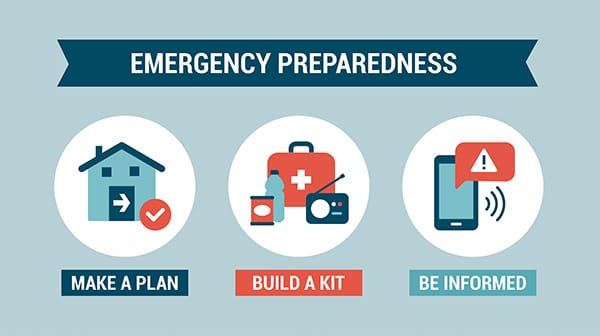
- Community Preparedness: Roles and Responsibilities
- Hazards and Their Potential Impact
- Impact on the Infrastructure
- Home and Workplace Preparedness
- Reducing the Impact of Hazards Through Mitigation
- CERT Disaster Response
- Protection for Disaster Workers
- Additional Training for CERTs
Unit 2 – CERT Organization
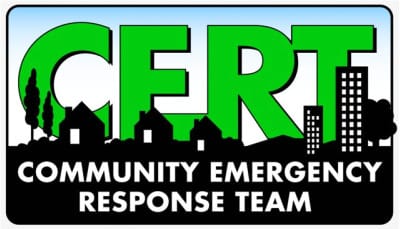
- CERT Organization
- CERT Mobilization
- Documentation
Unit 3 – Disaster Medical Operations — Basic First Aid
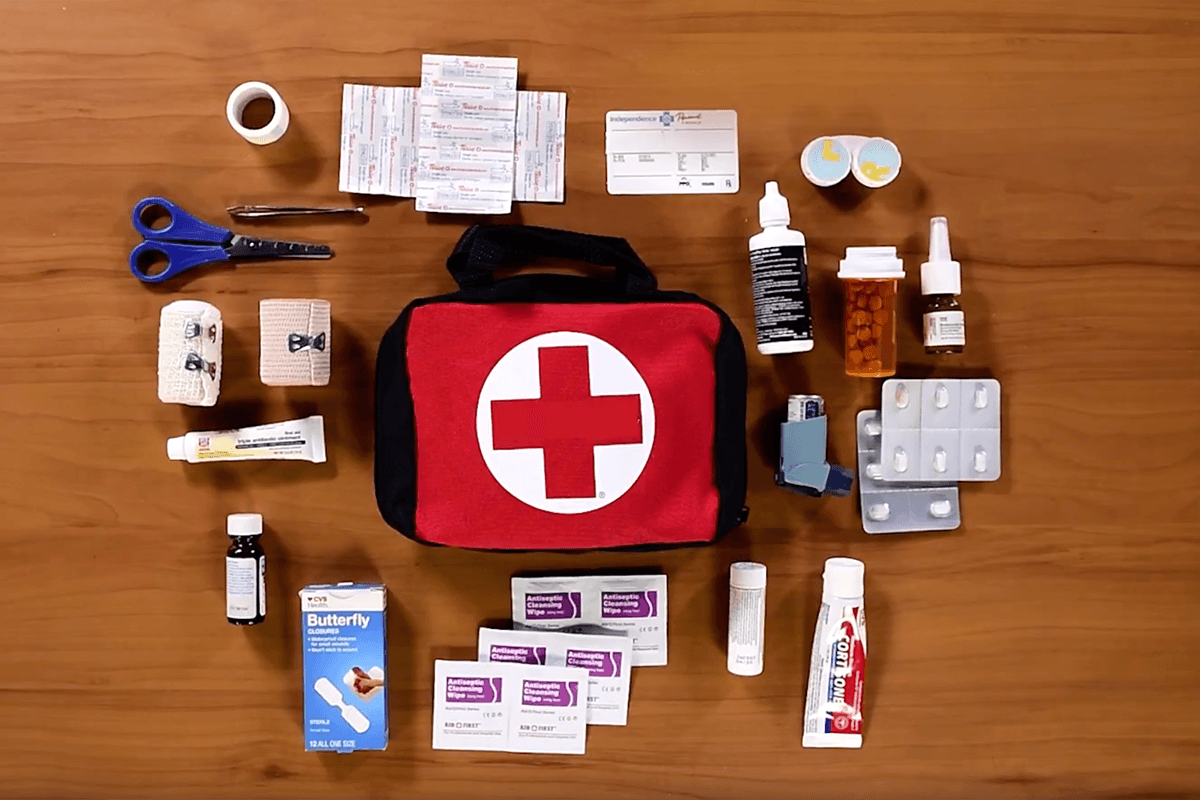
- Treating Life-Threatening Conditions
- Triage
- Treating Burns
- Wound Care
- Treating Fractures, Dislocations, Sprains, and Strains
- Nasal Injuries
- Treating Cold-Related Injuries
- Treating Heat-Related Injuries
- Bites and Stings
Unit 4 – Disaster Medical Operations — Mass Casualty Incidents

- Public Health Considerations
- Functions of Disaster Medical Operations
- Establishing Medical Treatment Areas
- Conducting Head-to-Toe Assessments
Unit 5 – Disaster Psychology
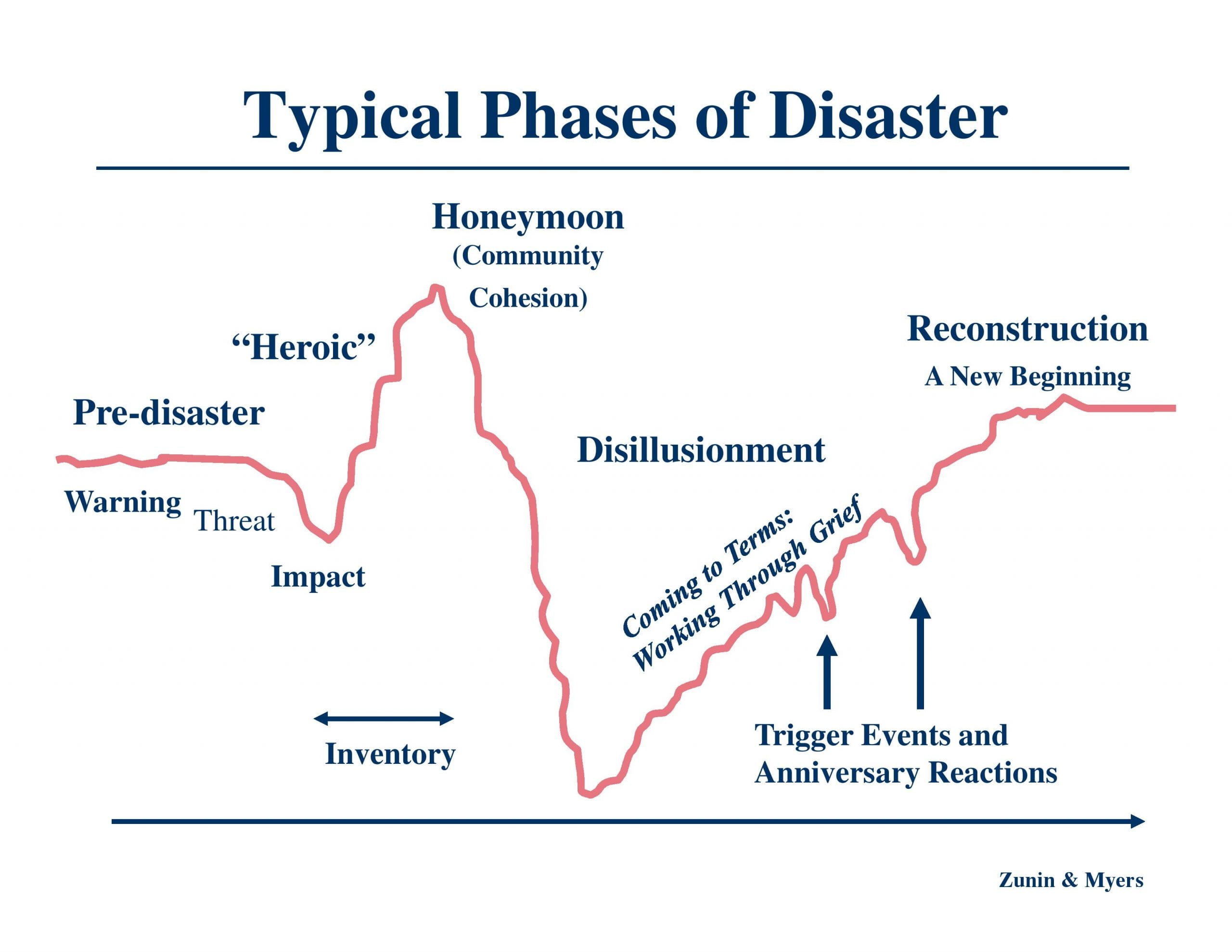
- Disaster Trauma
- Team Well-Being
- Working with Survivors’ Trauma
Unit 6 – Fire Safety and Utility Controls

- Fire Chemistry
- Fire and Utility Hazards
- CERT Sizeup
- Fire Sizeup Considerations
- Firefighting Resources
- Fire Suppression Safety
- Hazardous Materials
- Exercise: Proper use of a fire extinguisher to extinguish small fires
Unit 7 – Light Search and Rescue Operations
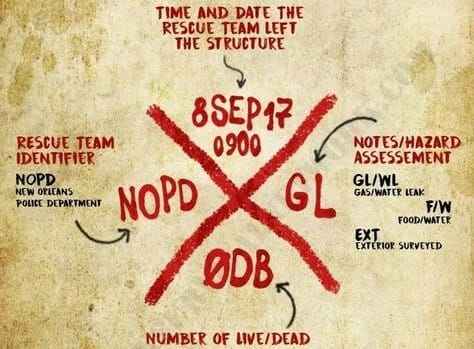
- Safety During Search and Rescue Operations
- Conducting Interior and Exterior Search Operations
- Conducting Rescue Operations Exercise
- Exercise: Search and simple triage
Unit 8 – Terrorism and CERT
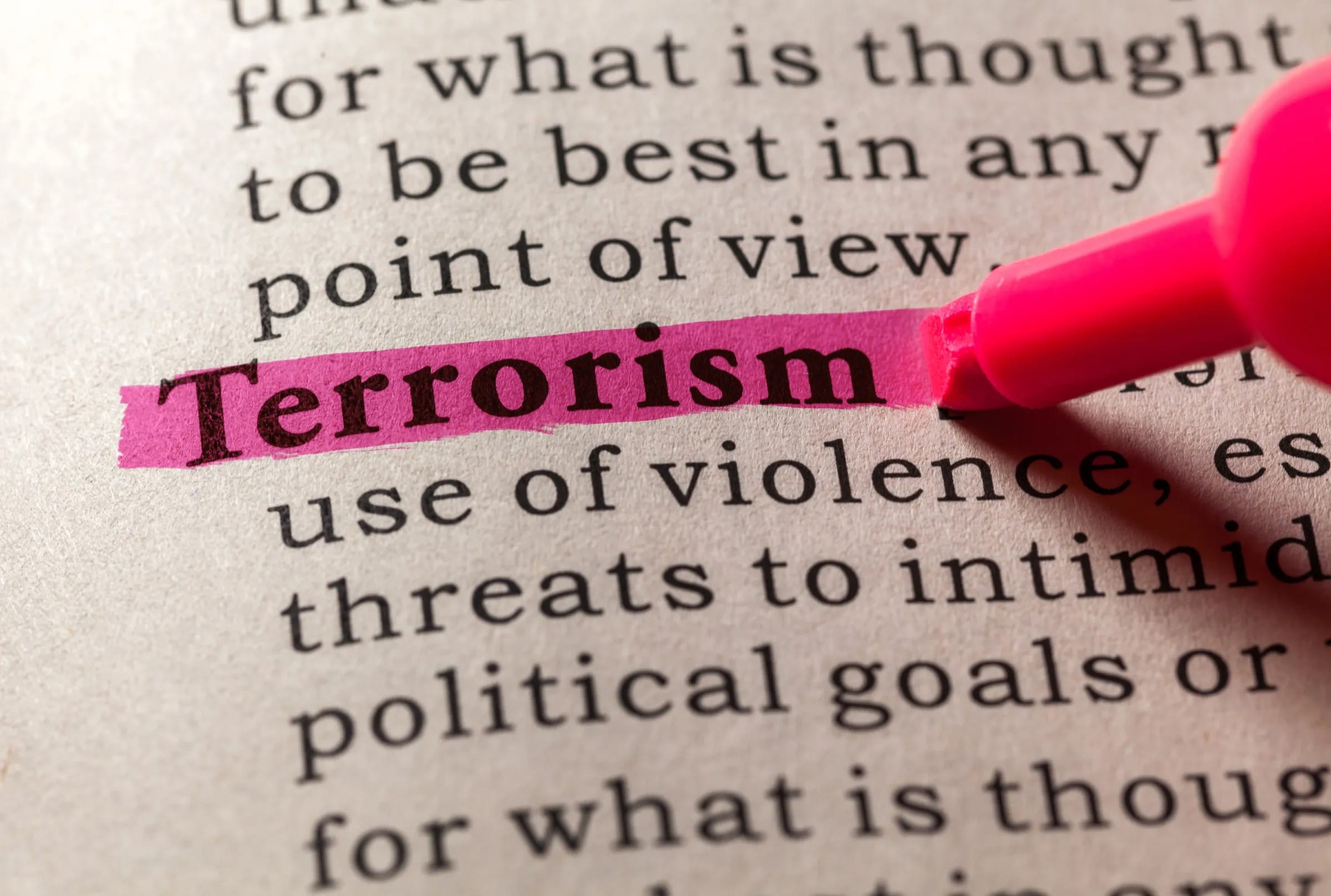
- What Is Terrorism?
- Terrorist Targets
- Terrorist Weapons
- CBRNE Indicators
- Preparing at Home, Work, and in Your Neighborhood
- CERTs and Terrorist Incidents
Unit 9 – Functional Needs, Course Review, Final Exam, and Disaster Simulation
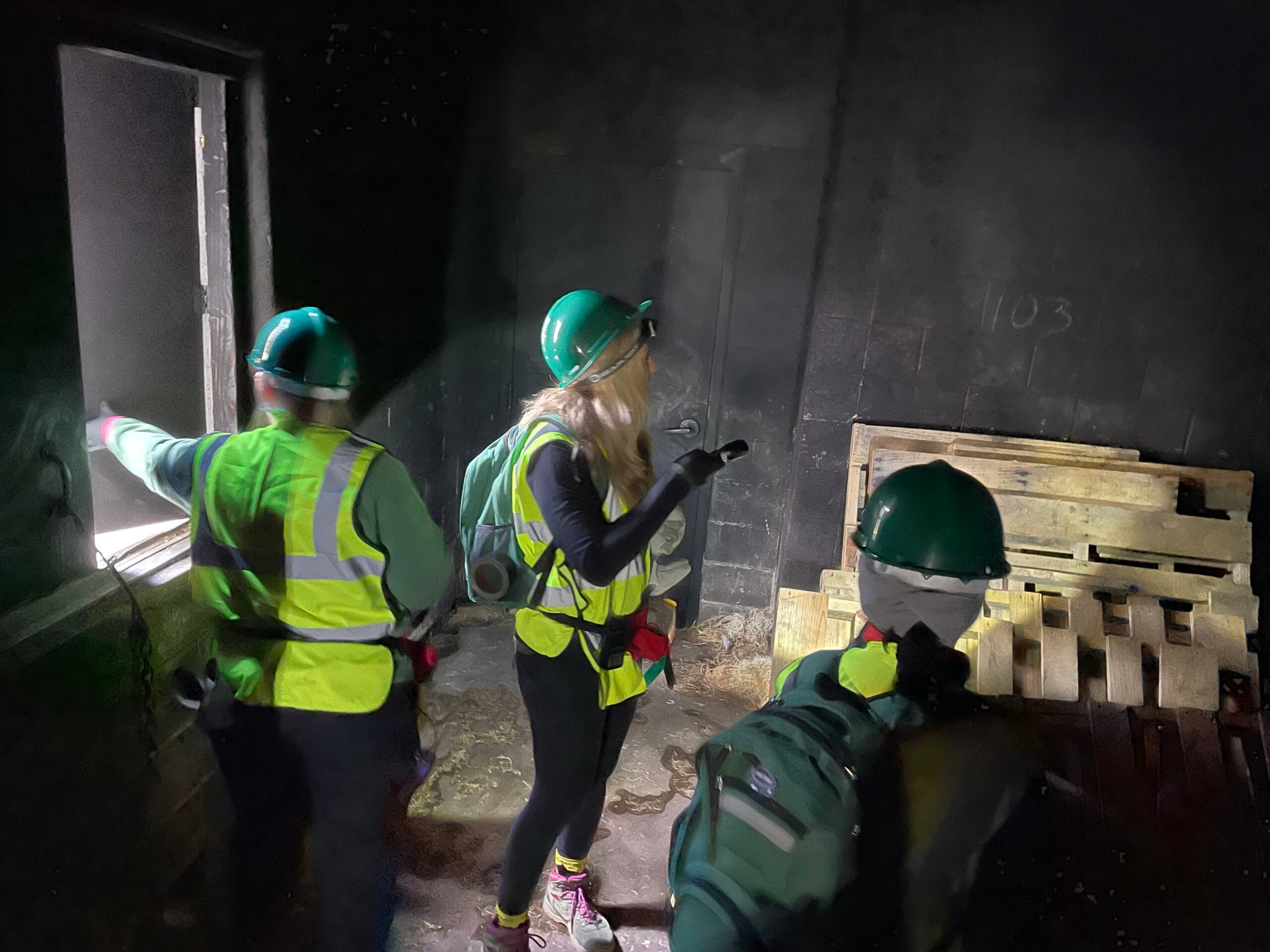
- Course Review
- Final Exam
- Exercise: Disaster Simulation
- Exercise Critique and Summary
Please Note
Course dates, times, and content are subject to change. Changes will be made on this page.
Questions?
If you have any questions, please click the “Have Any Questions or Comments” button at the bottom right of this page.
To see the upcoming course schedule, visit the Schedule page.